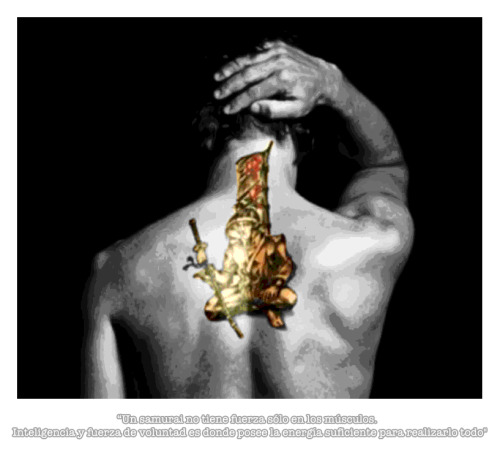Pup wrote:There are two types of drag, form and induced (and friction, but who cares about that), and what you've shown as the downforce vector is what creates the induced drag, which happens when the resulting vector isn't perpendicular to the motion of the wing. So you can resolve your DF vector into a horizontal and perpendicular, and the horizontal is the induced drag. OK, you probably know that. My suspicion as to why stalling the wing works is that the induced drag is actually much greater than you've shown and the form drag is much less. Therefore, when you stall the wing, the decreased induced drag more than makes up for the increased form drag.
Yeah, I don't think my vectors are right there, by any means. Too much of a rush job. My first diagram would seem to show the combined force would produce lift! I think in actual fact, if the flow was that well attached then this drag vector should be quite small in comparison to the lift vector, which you are right, is aligned in such a way as to add to the measured drag in the horizontal plain. I think ideally we'd keep the attached flow levels of drag whilst decreasing the lift vector. If the flow is normally attached then detaching it will make a lot of messy flow behind it and
will cause a lot of drag, though, like the second diagram. However...
@Ringo, perhaps I am wrong about the condition of the flow behind the wing? If it is already separated at the injection point, then my ideas don't really hold and perhaps injection into the flow (but not in a blown flap sense) would have a positive impact. I'm well out of my league now though.
EDIT: This might be a better attempt. Dashed lines show the resultant in the direction of interest.





